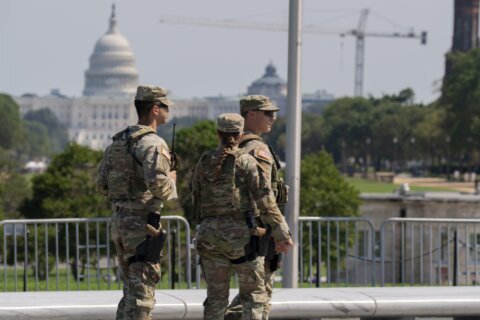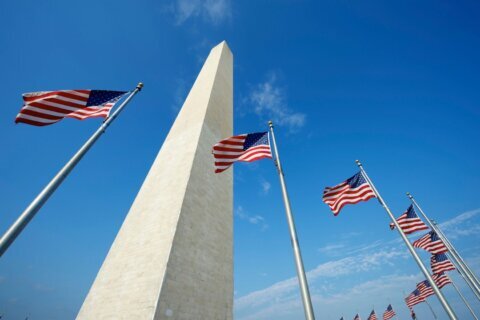The Smithsonian is considering four locations in and near the National Mall for its next two museums.
In a statement on Wednesday, the Smithsonian Board of Regents said it had narrowed down its survey for the upcoming National Museum of the American Latino and the American Women’s History Museum — from 24 possible sites to just four.
Museum planners, engineers and architects will spend the next few months evaluating each of the sites further before choosing two by year’s end.
The four sites are:
900 Jefferson St. SW site: The historic Arts and Industries Building and the only one on the list of finalists that would see its existing structure repurposed as a new museum. Dating back to the 1880s when it opened as the U.S. National Museum, the AIB is the Smithsonian’s second-oldest building. It now serves as a space for special events and exhibits.
Northwest Capitol site: An undeveloped site north of the U.S. Capitol’s reflecting pool, which is bounded by Pennsylvania Avenue, Constitution Avenue, Third Street and First Street in Northwest. A similar plot of land is used for the U.S. Botanic Garden to its south.
South Monument site: An undeveloped site southeast of the Washington Monument, between Independence Avenue and Jefferson Drive in Southwest. The National Museum of African American History and Culture sits on a similar site across the Mall.
Tidal Basin site: Undeveloped land under the National Park Service jurisdiction, bordered by Raoul Wallenberg Place Southwest on its east and Maine Avenue Southwest to its west. It currently serves as park space with a rugby field.
The Smithsonian said it will evaluate each site based on a number of criteria, including symbolism, potential architecture, access to transportation, environmental risk factors, redevelopment costs and security considerations.
“Selection of a site is one of the most consequential decisions for a museum,” said Smithsonian Secretary Lonnie Bunch. “It is important that the steps we take ensure a transparent, inclusive and thorough process.”
Development of the two museums was backed by Congress in December 2020.








